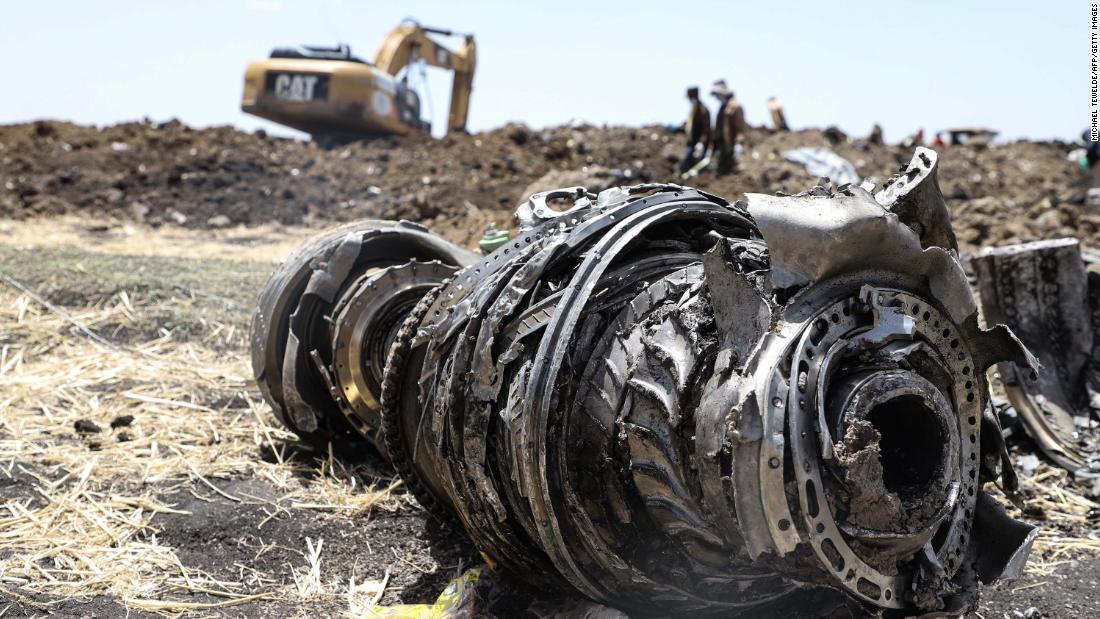[ad_1]
Specifically, why was the US one of the last in line to ground this type of aircraft? And why would the FAA allow Boeing to check off safety qualifications for its own planes?
While the US and Canada waited to restrict these aircraft from flying until solid data was available, many countries chose to ground the planes more quickly, citing “precautionary measure(s).”
According to Elwell, the tracking data for the Ethiopian flight was not available to be analyzed by the FAA until Wednesday.
Canada’s Transport Minister Marc Garneau also cited the “new data” received on Wednesday morning as the reasoning behind their decision to ground the planes.
China was first to order the Boeing 737 MAX aircraft to be grounded on Monday. In its announcement of the decision, the Civil Aviation Administration of China cited the facts that the recent crash involved the same aircraft as the crash in Indonesia last October and both crashes occurred shortly after takeoff.
So, while some countries decided to land the planes on Monday and Tuesday, Canada and the US waited until Wednesday, citing new data that better established a possible connection between the crash Sunday and the crash from last October.
Why does FAA outsource some of its safety approval process?
The FAA has also received renewed scrutiny this week for a program that allows manufacturers such as Boeing to help certify the safety of their own aircraft.
The FAA said in a statement companies must go through a rigorous process to become part of the designation program, known as the Organization Designation Authorization (ODA) program.
“Teams of FAA engineers and inspectors conduct regular oversight of an ODA to ensure any approvals or certificates issued meet the FAA’s strict safety standards,” the FAA said.
“The FAA has very little, if anything, to do with the actual manufacture of the aircraft once it’s been approved to be manufactured,” Soucie said. “That needs to be looked at.”
Soucie said the FAA can audit the work of the designee program, but he questioned the extent to which that happens and recommended an overall reexamination of the program and its potential vulnerabilities.
Given that Boeing is the only US commercial aviation manufacturer, it’s not necessarily inappropriate for the FAA to be close to the company. Agency capture is a common feature in just about every federal regulator that caters to a narrow domestic market.
Rep. Peter DeFazio, chairman of the House Transportation and Infrastructure Committee, told CNN that while he has general confidence in the FAA’s designee program, he wants to know how the FAA approved the automated flight software of the 737 MAX and its manual, and the extent to which Boeing employees were involved in those decisions.
“My committee is going to get all of the correspondence and documentation that’s relevant to this decision and review it and determine where we go from there,” DeFazio said.
[ad_2]
Source link

